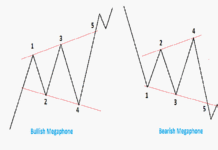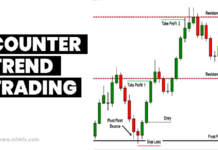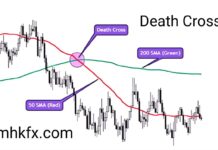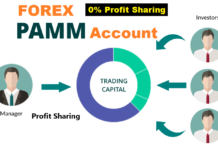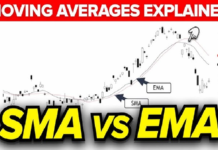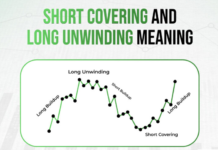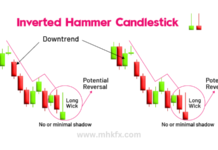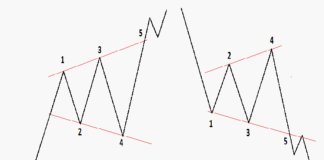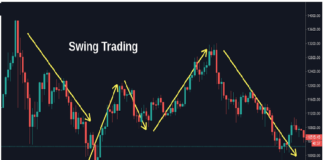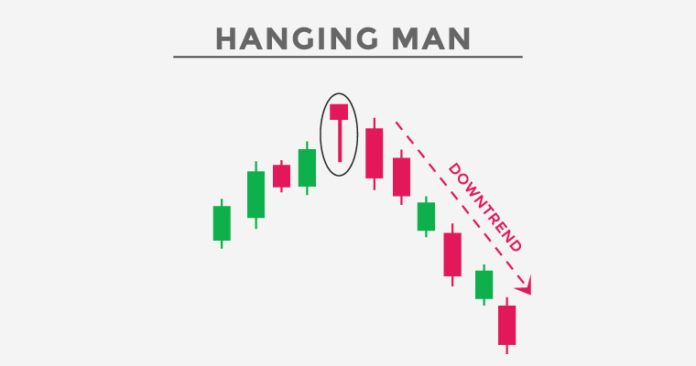
The hanging man is a bearish reversal candlestick pattern that typically occurs after a price uptrend. It signals that the buying pressure may be weakening and a potential downtrend could follow. To identify a hanging man candle, look for the following characteristics:
- Small Real Body: The body of the candle is small, typically near the top of the range. It can be either red or green (bearish or bullish), but red indicates stronger bearish sentiment.
- Long Lower Shadow: The lower shadow (or wick) should be at least twice the length of the real body, showing that sellers were able to push the price lower before it recovered slightly.
- Minimal or No Upper Shadow: There should be little to no upper shadow, which shows that buyers could not push the price much higher during the candle’s formation.
- Location in an Uptrend: The hanging man candle is only considered significant when it forms at the end of an uptrend, signaling a potential reversal.
Trading the Hanging Man Pattern
Once the pattern is identified, traders can use the following steps to trade effectively:
- Wait for Confirmation
The hanging man itself is not enough to confirm a reversal. Traders should wait for the next candle to confirm bearish sentiment. Typically, confirmation comes with a strong bearish candle that closes below the body of the hanging man. Without this confirmation, the hanging man could be a false signal.
- Entry Point
Once confirmation occurs, traders often enter a short position (or exit long positions). This usually happens at the open of the next candle following the confirmation. For more conservative traders, waiting for additional bearish signals (e.g., a break below support levels) may help reduce risk.
- Stop Loss
A common practice is to place a stop loss above the high of the hanging man candle. Since the pattern indicates a potential reversal, the price should not exceed the high of the hanging man if the reversal holds. If it does, the trade could be invalidated.
- Profit Target
For profit-taking, traders typically set targets based on prior support levels or by using a trailing stop to maximize potential gains in case of a strong downtrend. Additionally, Fibonacci retracement levels or moving averages can help identify exit points.
Trading Strategy Example
Here’s how a trade based on the hanging man candlestick might play out:
Step 1: You identify a hanging man candle at the end of a strong uptrend on a daily chart.
Step 2: The next candle is bearish and closes below the hanging man’s body, confirming a reversal.
Step 3: You enter a short position at the open of the following candle, placing your stop loss just above the hanging man’s high.
Step 4: You set your initial profit target at a nearby support level, but you use a trailing stop to capture more profits if the downtrend continues.
Common Pitfalls
Ignoring Trend Context: The hanging man is only significant in an uptrend. If it forms in a sideways or downtrend, it may not indicate a reversal.
Lack of Confirmation: Jumping into a trade without waiting for confirmation can lead to false signals. Always wait for the market to show further bearish action.
Market Conditions: Like all technical patterns, the hanging man is not foolproof. It works better in certain market conditions (e.g., trending markets) and may provide weaker signals in volatile or sideways markets.
By carefully identifying and confirming the hanging man candlestick (Hanging Man Pattern), traders can use it as a useful tool in their technical analysis arsenal for spotting potential market reversals.
Click to sign up with ICMarkets
Related Post:
Bearish Flag Pattern Suggests Potential Downtrend

